Top Nudibranch Photos from July 2023
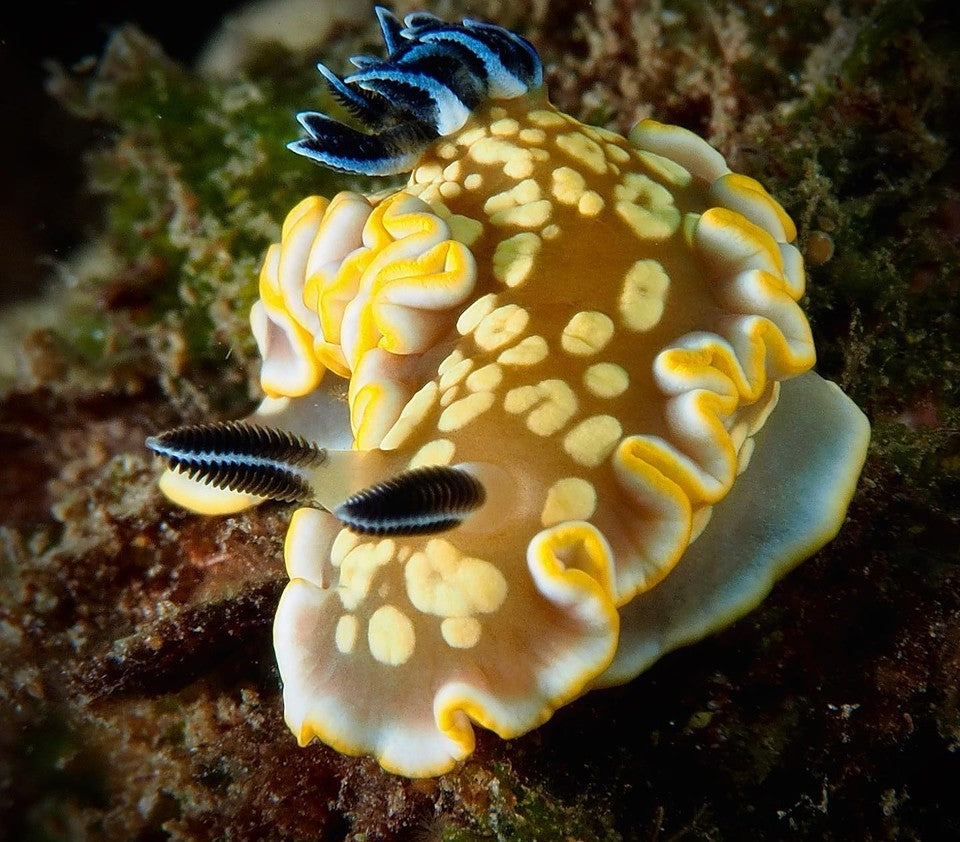
Almost every day, I share Nudibranch and Sea Slug photos from tags I get around the world. Below are the most liked photos of May 2023. Be sure to follow me on Instagram here to see the daily posts!
What is a Nudibranch anyways? They are colorful Sea Slugs found all over the world in beautiful varying colors, sizes and shapes. About 3,000 different species have been identified and more are discovered every year. Nudibranchs capture the wonder and beauty of the ocean - help me teach the world about them!

Tom Smith's Nudibranch (Ardeadoris tomsmithi) 📸 @_divewithdave_ 📍 Red Hill Dive Site, Maui
This species is found in the tropical Pacific Ocean, from Hawaii to the Marshall Islands, Okinawa and Western Australia. "Note from Scott Johnson: "In the Hawaiian Islands, the species is relatively common ... while it is relatively rare in the Marshalls, where specimens tend to be larger with more numerous and more crowded dorsal white spots. Another interesting and consistent color variation is on the rhinophores: brown in the Marshalls and blue-black in Hawaii"." - SeaSlugForum

Dirona albolineata 📸 @cristina_science 📍 Lime Kiln Point State Park, WA
"This bright white lines on the edges of its flattened cerata and frontal veil made this Dirona albolineata appear to glow as it cruised the coralline algae. This is a new-to-me species that was on my slug bucket list!"

Babakina anadoni 📸 @tonogarciafoto 📍 Malpica de Bergantiños, Spain
Babakina anadoni is a species of sea slug, an aeolid nudibranch in the family Babakinidae. The species was first described in 1979 and placed in the genus Rioselleolis, but has subsequently been assigned to the genus Babakina. The species was named to honor Emilio Anadón Frutos (1917-1997) who was a professor of zoology and marine biology at the University of Oviedo, Spain.

Predaceous Aeolis (Coryphella trophina) 📸 @max.on.scuba 📍 Hoodsport, WA
"Water is getting warmer! Watch closer for baby nudibranchs. This baby flabellina nudibranch was 1cm long, and to find it, I scanned the boat wreck surface inch by inch. As far as I know, nudibranchs are spawning all year around, even in the cold 🥶 waters of PNW. However, I see more baby nudibranchs at local dive sites during springtime. ⠀ An interesting fact about nudibranchs, even if they don’t have eyes 👀, in our common understanding, they have light receptors, temperature, and chemical receptors. Every time I approach them and try to take photos - they know something is happening and trying to snick away. My most common underwater comment is, “Don’t turn back!”, because as soon as I put a focusing light on them, they immediately switch direction."

Goniobranchus geometricus 📸 @chumanity 📍 Indonesia
This species was described from New Caledonia. It is found throughout the Indian Ocean as well as the Western Pacific Ocean from the intertidal down to 30 m (98 ft). It is variably colored, with the ground color ranging from a creamy brown to purple.
Are you an underwater photographer? Be sure to tag me in your Nudibranch and Sea Slug Photos and video! I'd love to share them with the Nudi Colony!
Comments
No comments
Leave a comment
Your Email Address Will Not Be Published. Required Fields Are Marked *
Subscribe
Subscribe to my newsletter and emails and never miss an update!


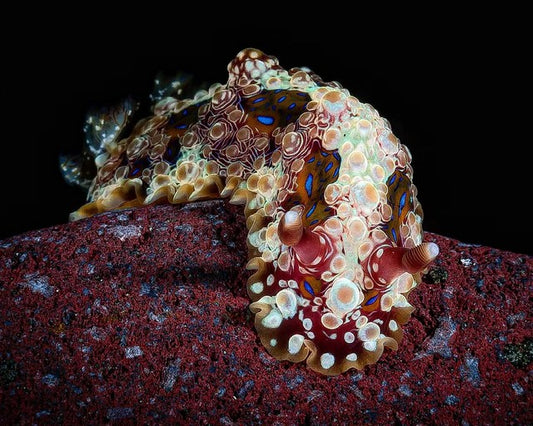

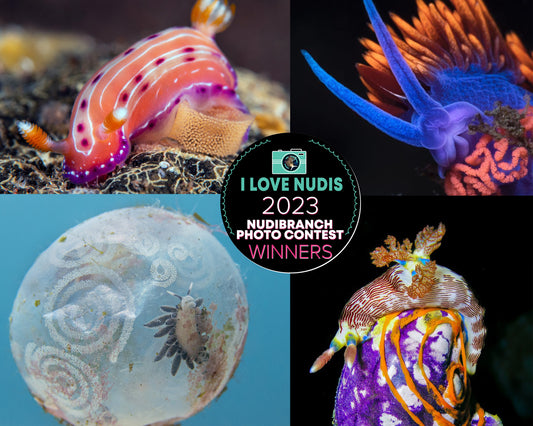
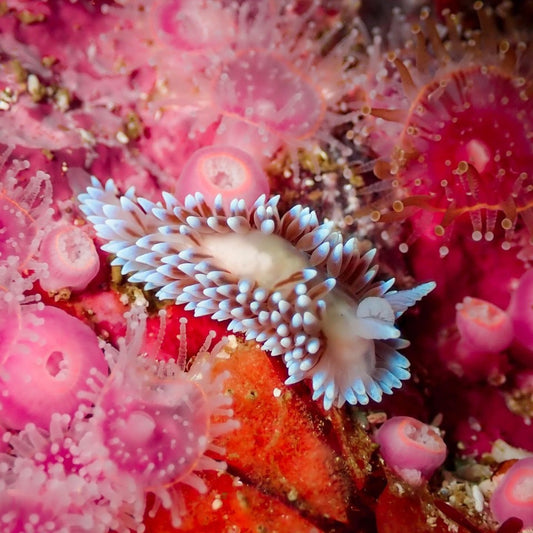
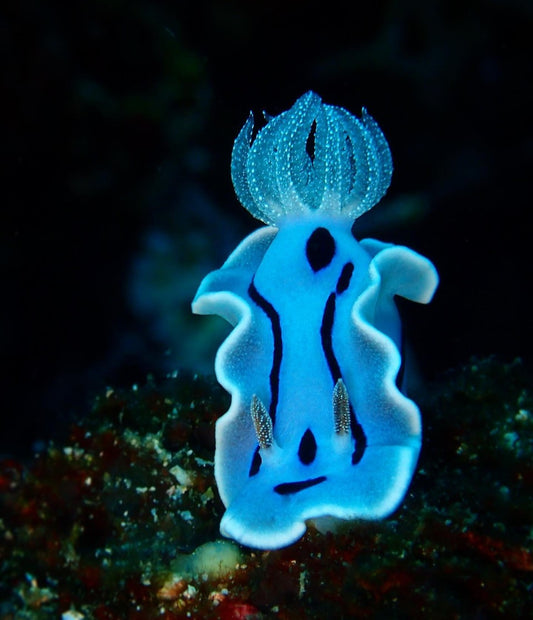
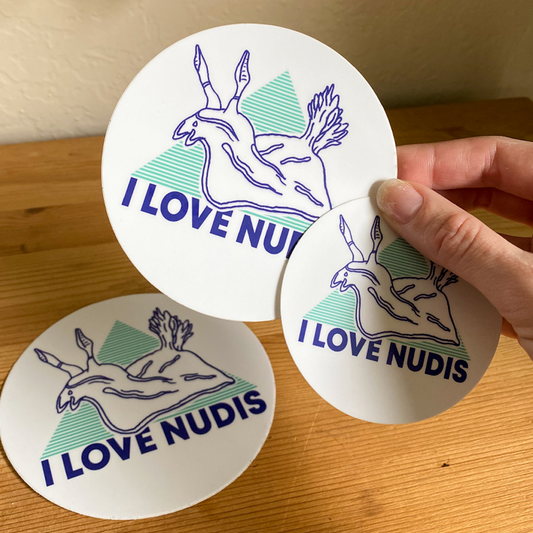
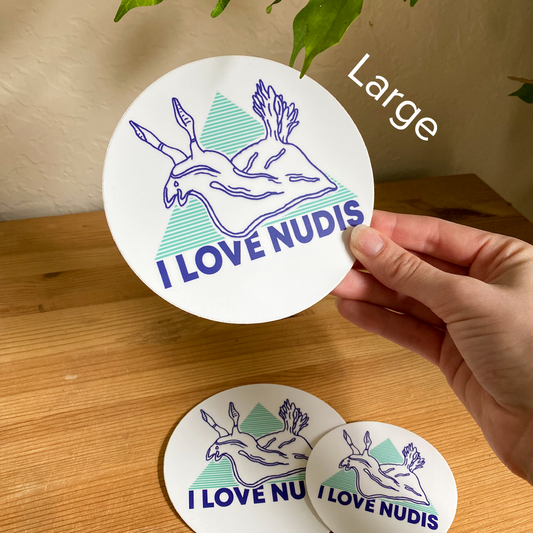

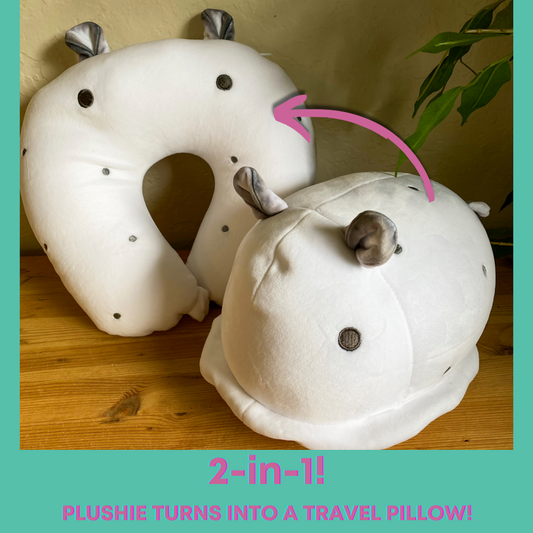
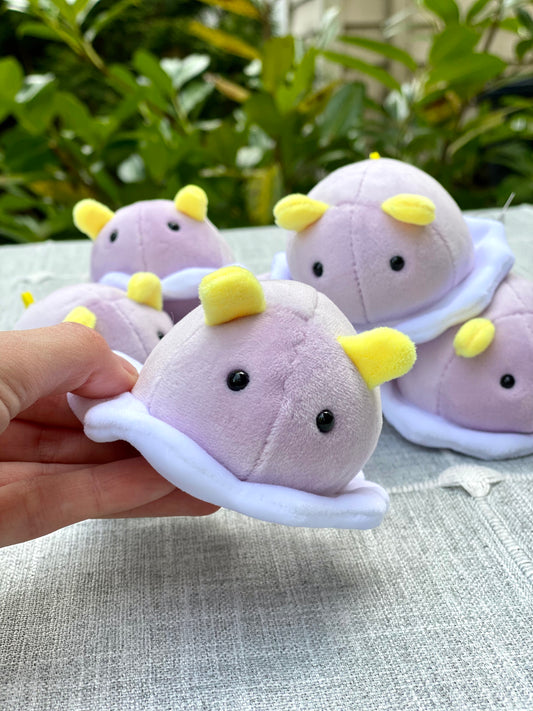
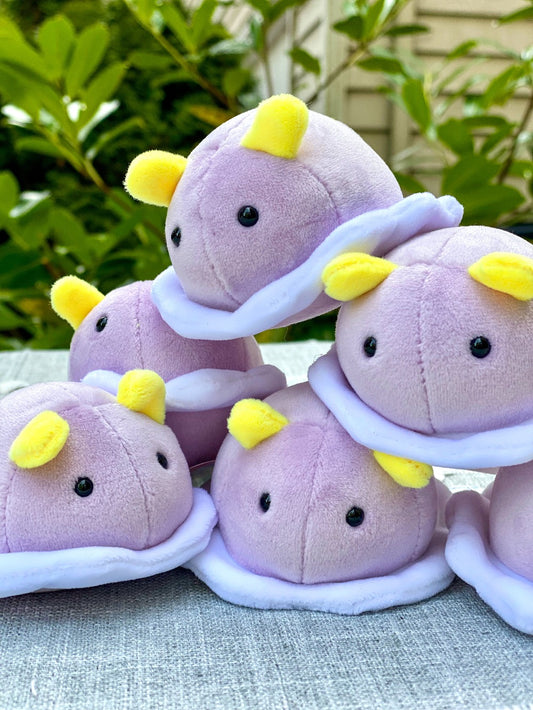
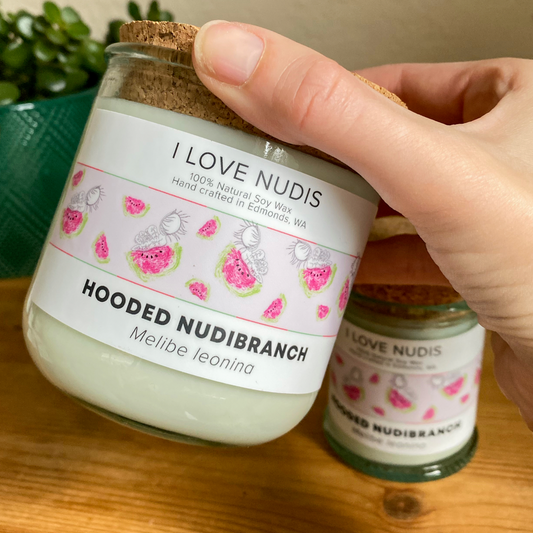
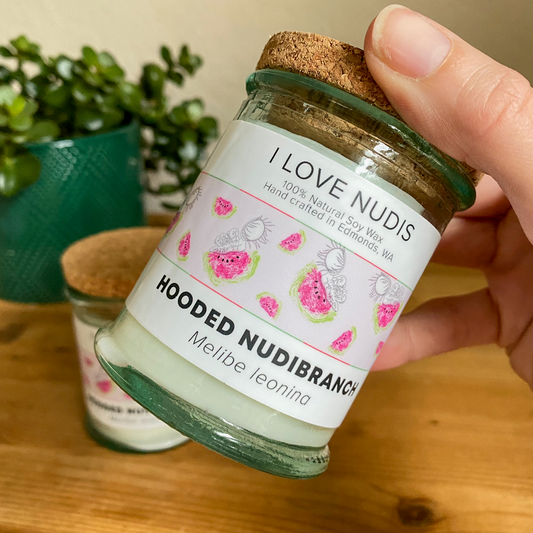
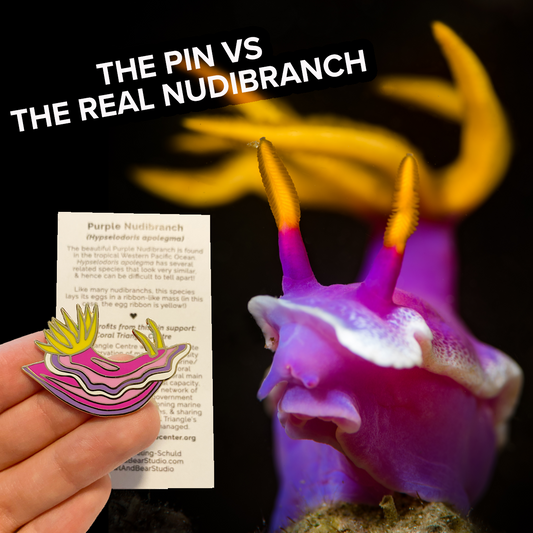
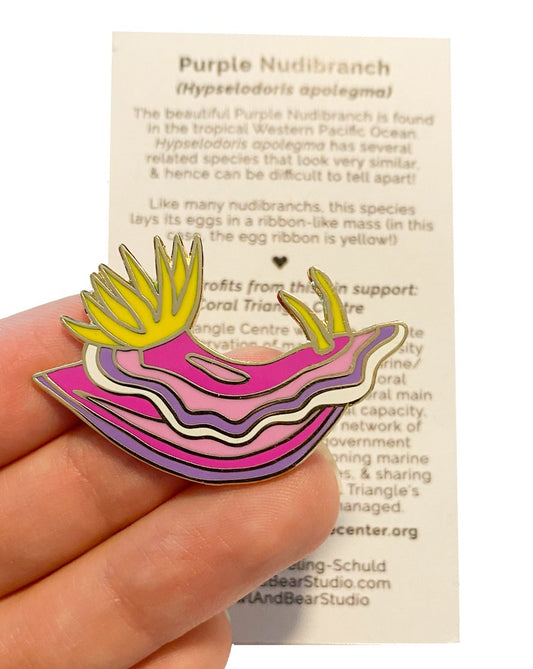
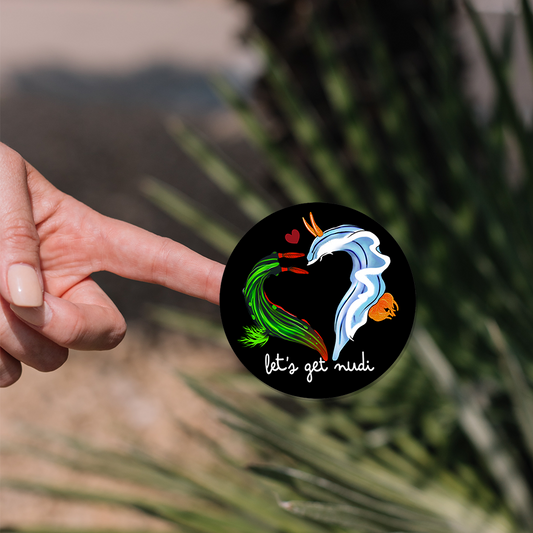
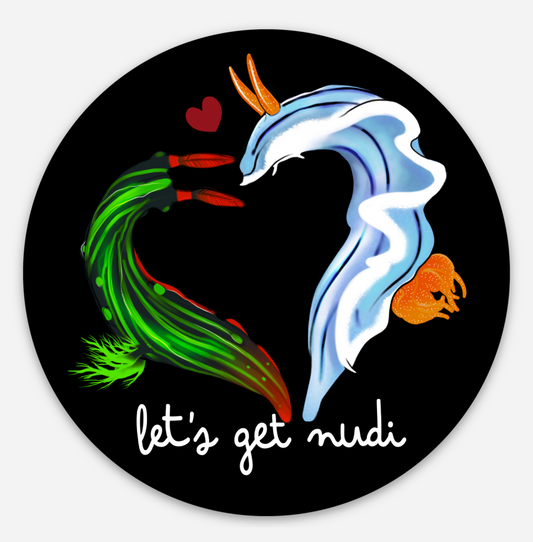


0 comments